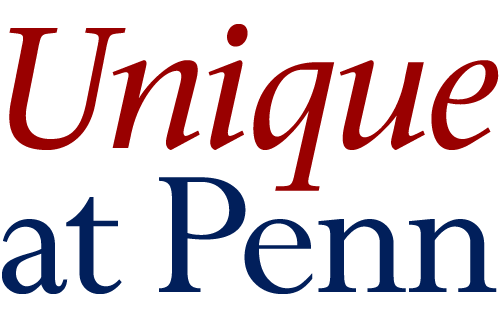[Ed. Note: Today’s post is written by David Giovacchini, the Middle East Studies Librarian at the Penn Libraries]
Recently the Penn Libraries acquired an extraordinary collection of Moroccan manuscripts and early lithographed books. This unique collection was assembled by Dr. Fawzi Abdulrazak, the leading scholar of the history of printing in Morocco and author of the authoritative bibliography on the subject. The collection now at Penn includes some 108 titles in 136 volumes.

The bulk of the collection dates from 1865 to 1930, covering most of the span of Moroccan lithographic printing from its beginning in the city of Fez to its end during the French Protectorate. Importantly, five of the works included represent the very first lithographic books produced in Fez. In initiating their printing industry, the Moroccans chose the lithographic method over moveable type, because they felt it preserved a link to their country’s rich heritage of manuscript production. Indeed, as in manuscripts, five different types of script were used in making the lithographs. In general, the Moroccan intelligentsia felt that printing would preserve and invigorate their scholarship in the face of French and Spanish challenges by making books and the knowledge they contained more widely available.

Initially, the Moroccan royal court was the driving force in the publishing of the new lithographic books, but soon private printing firms appeared. The collection includes works made by all of the various printers in Fez. The print runs of the Moroccan lithograph books varied from 200 to 300 copies of each title. Nevertheless, most of these prized books quickly went out of print. The lithographs were much sought after due to their first rate materials and printing, their exceptional scholarly worth, and the meticulous editing done to the texts. Over all, the books in the collection are in fine condition, and most are in their original leather bindings. They are rare and superb examples of the printer’s art in the Islamic lands.

Just as when they were first published, the Fez lithographs are of great value for their intellectual content. The collection includes works by over 101 scholars and editors. These men comprised the pinnacle of the Moroccan intelligentsia of the time, and their works represent the pinnacle of Muslim scholarship in North Africa during the last half of the 19th century and the beginning of the 20th. Some of the subjects covered include Islamic law, mysticism, doctrine, religious life, Islamic philosophy, Arabic grammar, and rhetoric.
In addition to the lithographs, the collection includes a number of Arabic manuscripts from Morocco. There are 41 titles in 23 separate items, on diverse subjects, ranging in date from the 17th century to the early 20th.

Some of these manuscripts deal with interesting and important topics. For example, one contains the exchange of a Moroccan legal scholar and the Amir of Algeria, Abd al-Qadir. The Amir asks whether it is appropriate for him as a Muslim to remain in Algeria after it has been occupied by the Christian French, and the scholar gives his reply that he should move to Morocco instead. Another manuscript in the collection is a copy of a Classical Arabic work on medicine, but unexpectedly rendered in Moroccan colloquial Arabic. This marks it as a working copy for daily use. There is also a ledger book belonging to a consortium of four Moroccan merchants, detailing their business activities after the French occupation. In addition to the lithographs and manuscripts, there are approximately 50 moveable type style books printed in Morocco under the French Protectorate, and a number of contemporary academic works and dissertations.

This collection will offer Penn scholars unparalleled opportunities for study in the fields of the material history of printing in Morocco and the Islamic world as a whole, and of the political and intellectual history of Morocco during a crucial period in its history. One of the largest private collections of Fez lithographs outside of Morocco, Dr. Abdulrazak’s collection will give Penn Libraries the distinction of owning an invaluable and exceedingly rare resource, which few other libraries can match. The collection is currently being processed in the Middle East section of the Library. After processing, it will be permanently housed in the Rare Book and Manuscript Library. In the fall, the Penn Libraries are planning to bring Dr. Abdulrazak to campus to speak about the collection and the history of printing in Morocco and we look forward to seeing the material used by generations of researchers.
-David Giovacchini


4 responses to “Unique Collection of early Moroccan Printing now at Penn”
Congratulations, David, on this acquisition. Fascinating.
Congratulations David for acquiring this important collection; mabrouk to you and Penn!
[…] Penn Libraries Blogs, by David Giovacchini (June 6, 2013, Philadelphia, PA) — Recently the Penn Libraries acquired an extraordinary collection of Moroccan manuscripts and early lithographed books. This unique collection was assembled by Dr. Fawzi Abdulrazak, the leading scholar of the history of printing in Morocco and author of the authoritative bibliography on the subject. The collection now at Penn includes some 108 titles in 136 volumes. […]
This is a marvelous acquisition but I hope that with it SAS will start offering some courses about Morocco, rather than the meager array of limited language study now available.